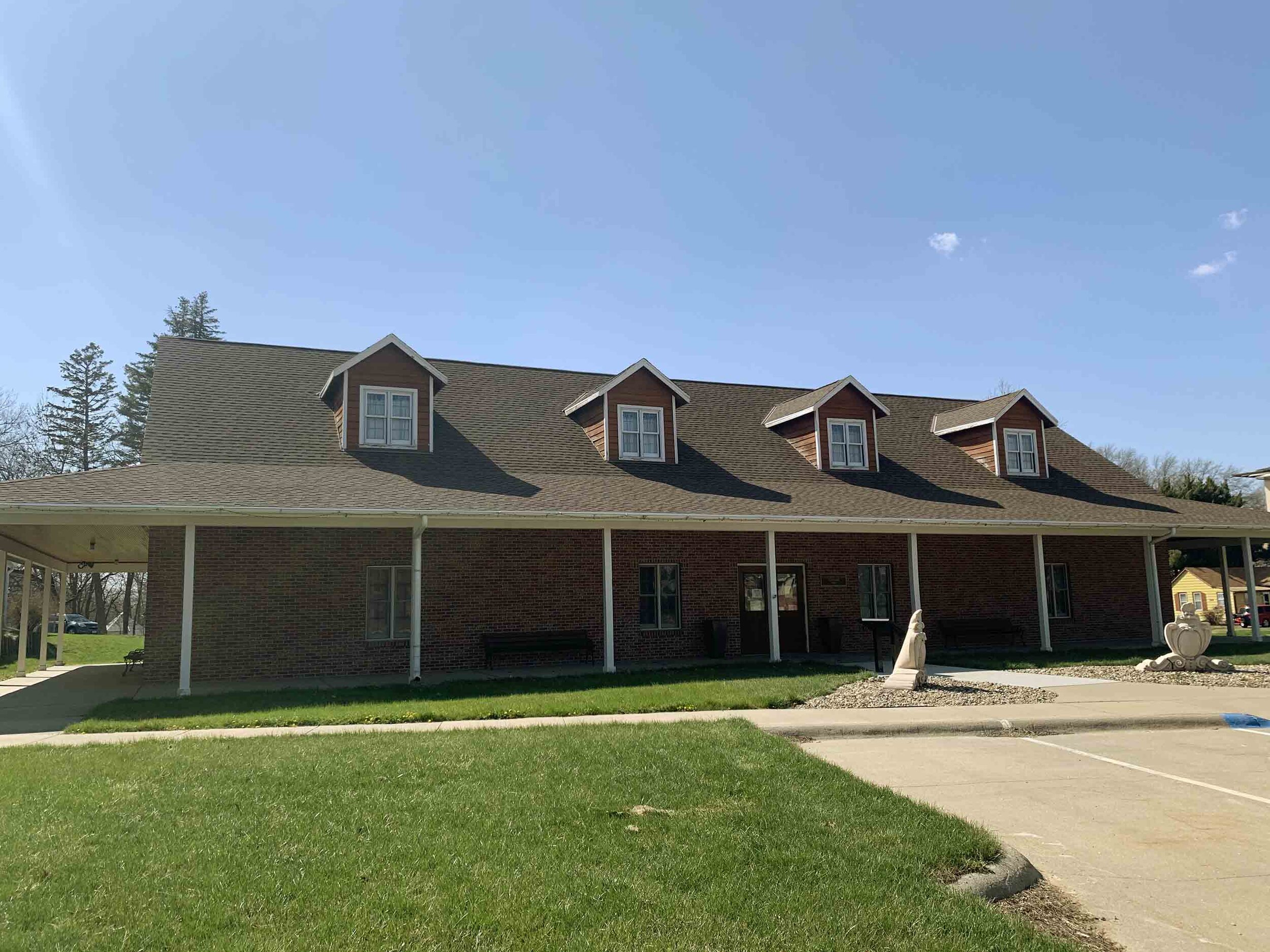
Main Museum Building
This building houses staff offices, research room, gift shop and several permanent and temporary exhibits. The original portion of this building was built in 1977. The Anderson-Nelson addition was built in 1994 and became the front entrance to the museum. Permanent exhibits include: the Five Famous Sons of Wahoo, Carl “Titanic” Johnson, Luther/JFK College, Nebraska Ordinance Plant, Country Schools, Native Americans, and various businesses of Saunders County. There is also a meeting room available for rentals.
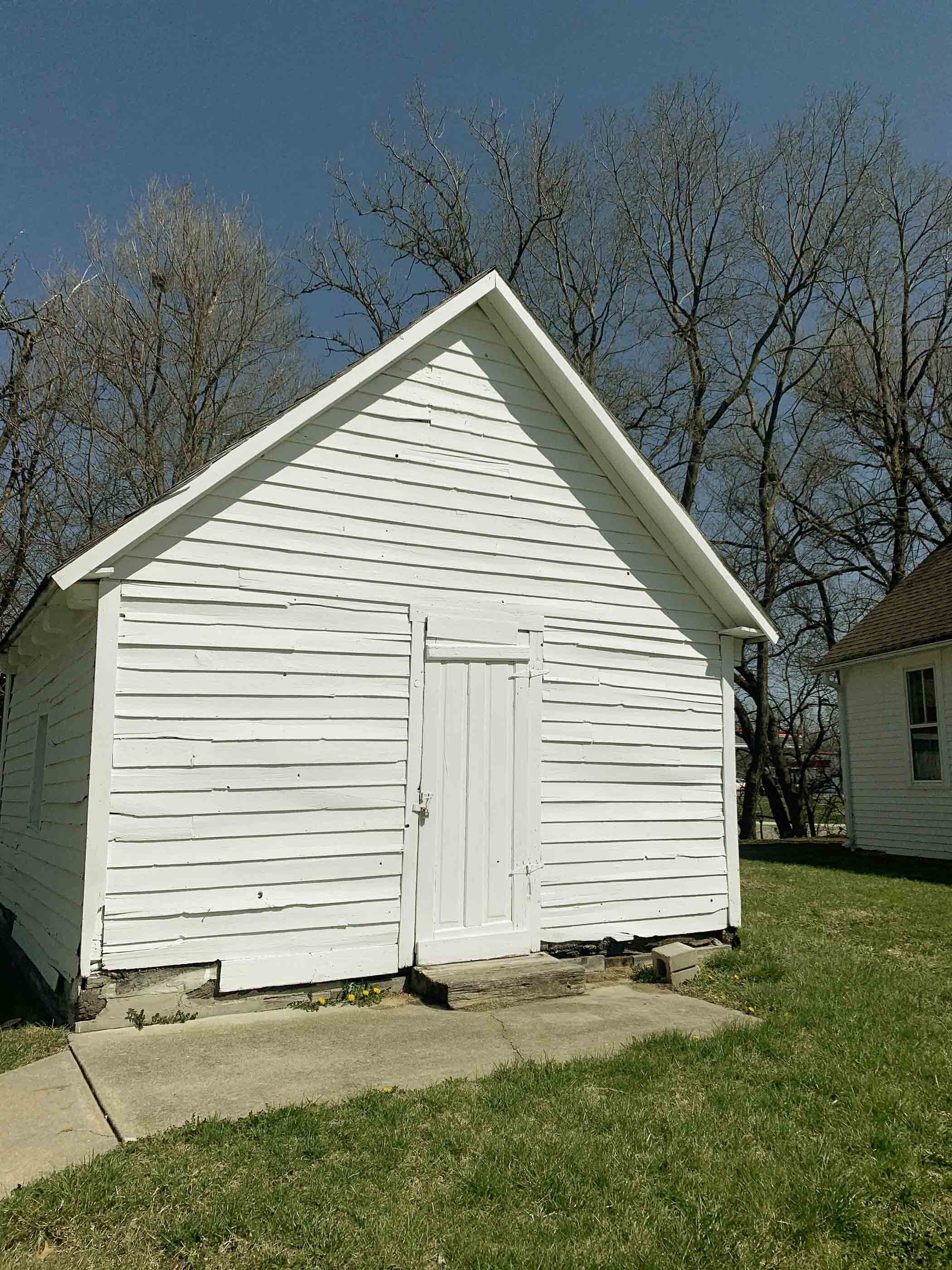
Kavan Log Cabin
This log house was built in 1873 by Frantisek (Frank) and Terezie Kavan. Both lived in the house until their deaths: Terezie died in 1900 and Frank in 1902. This log house is a typical example of a Czech-American pioneer dwelling. The log house was moved to its present location in 1984 and restored.
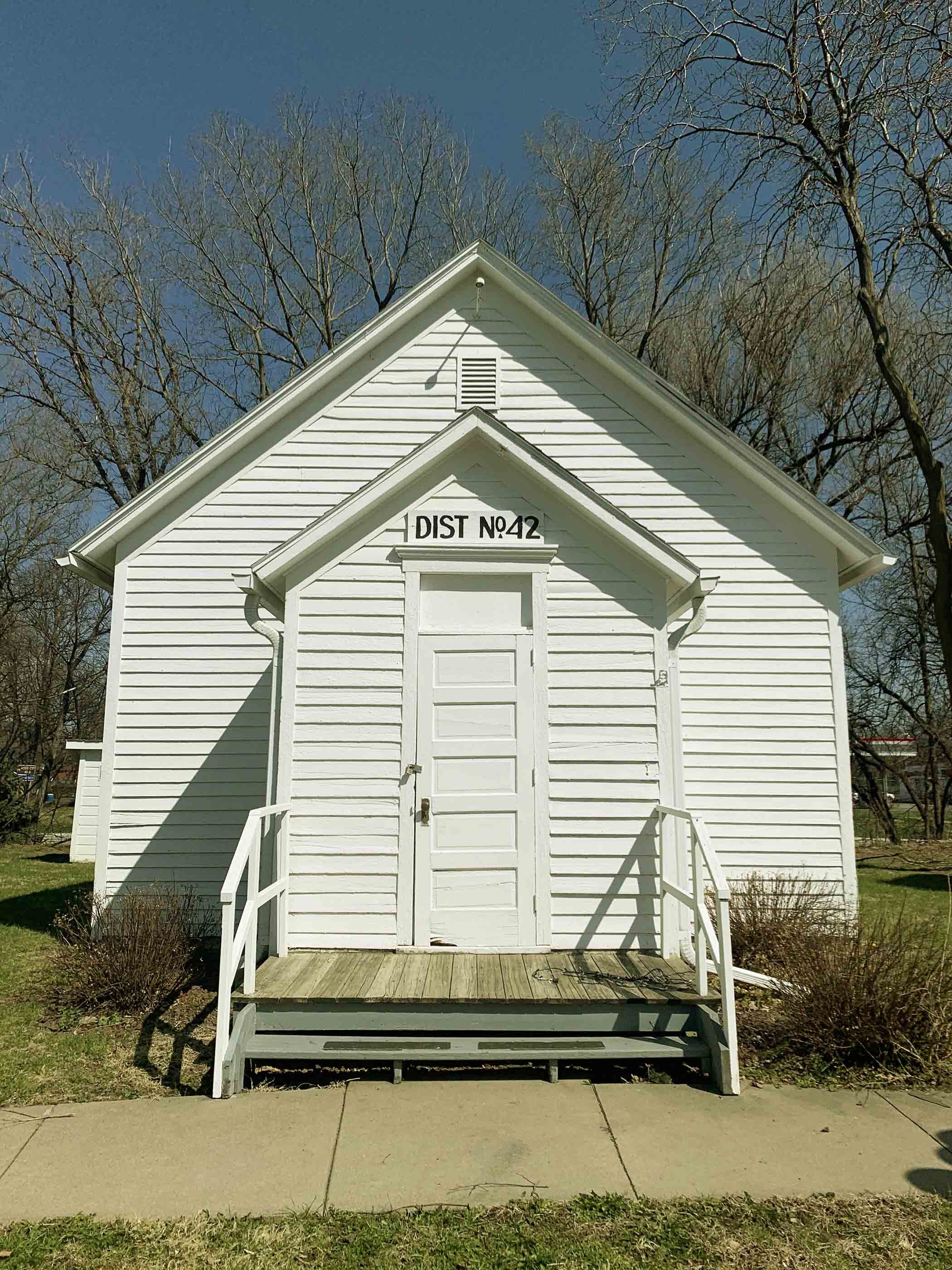
District 42 School House
This school was located five miles southeast of Wahoo. The district was organized in 1878 and operated until 1973. This building was constructed in the 1890s. In 1976, it was moved to the SCHS campus. It was furnished by the Retired Teacher’s Association as it would’ve looked at the turn of the century.
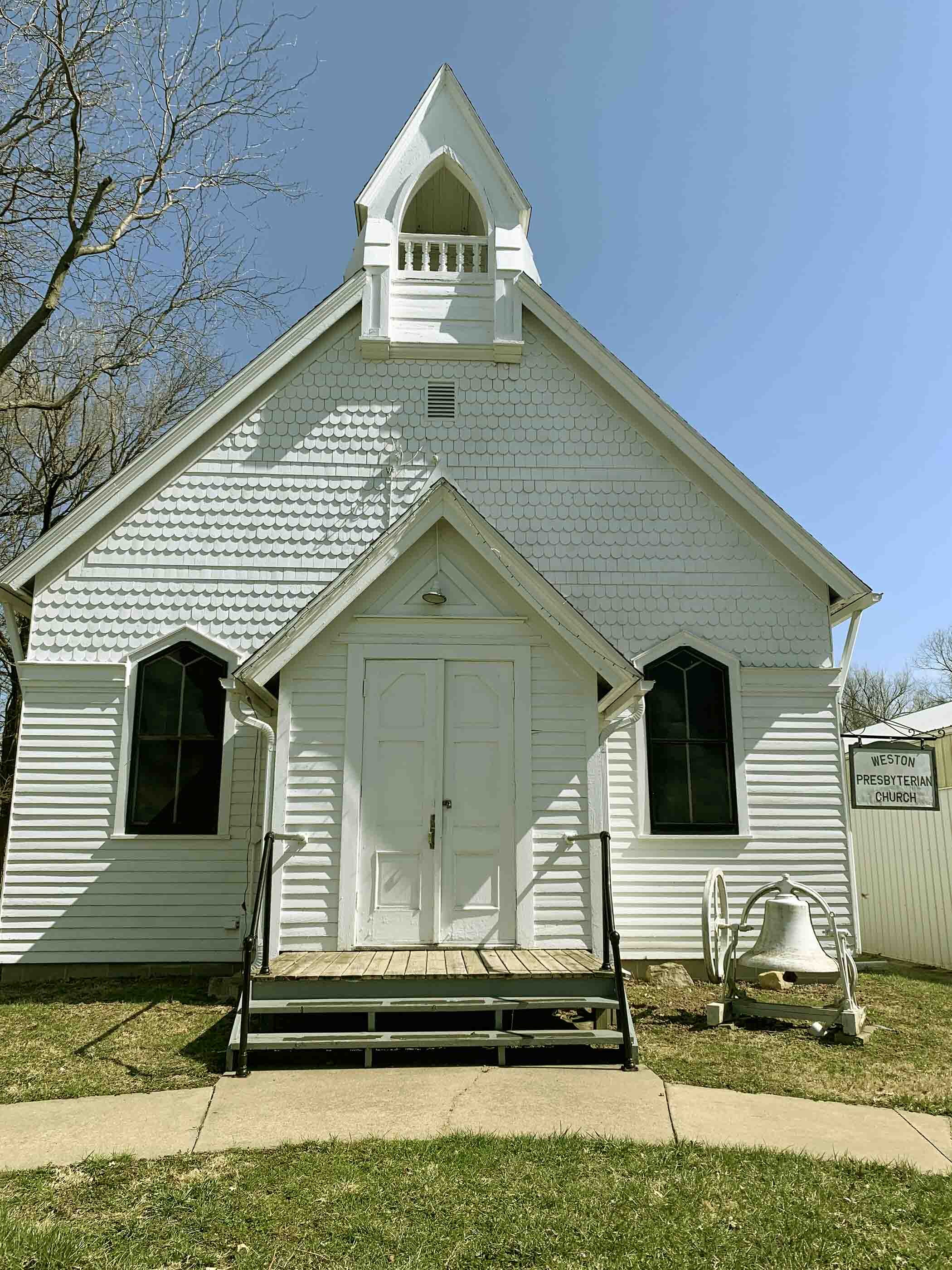
Weston Presbyterian Church
This building was built in 1889 in Weston as a Methodist Episcopal church and was used by them until 1920. After their congregation dwindled, they dissolved it and sold the church building to the Presbyterians in 1920. The new congregation called it the “Church of Hope” and later the Weston Presbyterian Church. It was last used by the congregation in 1977 and is furnished as it looked then. It was donated by the congregation in 1980 and moved here in 1981. The church is available to rent for weddings and special events.
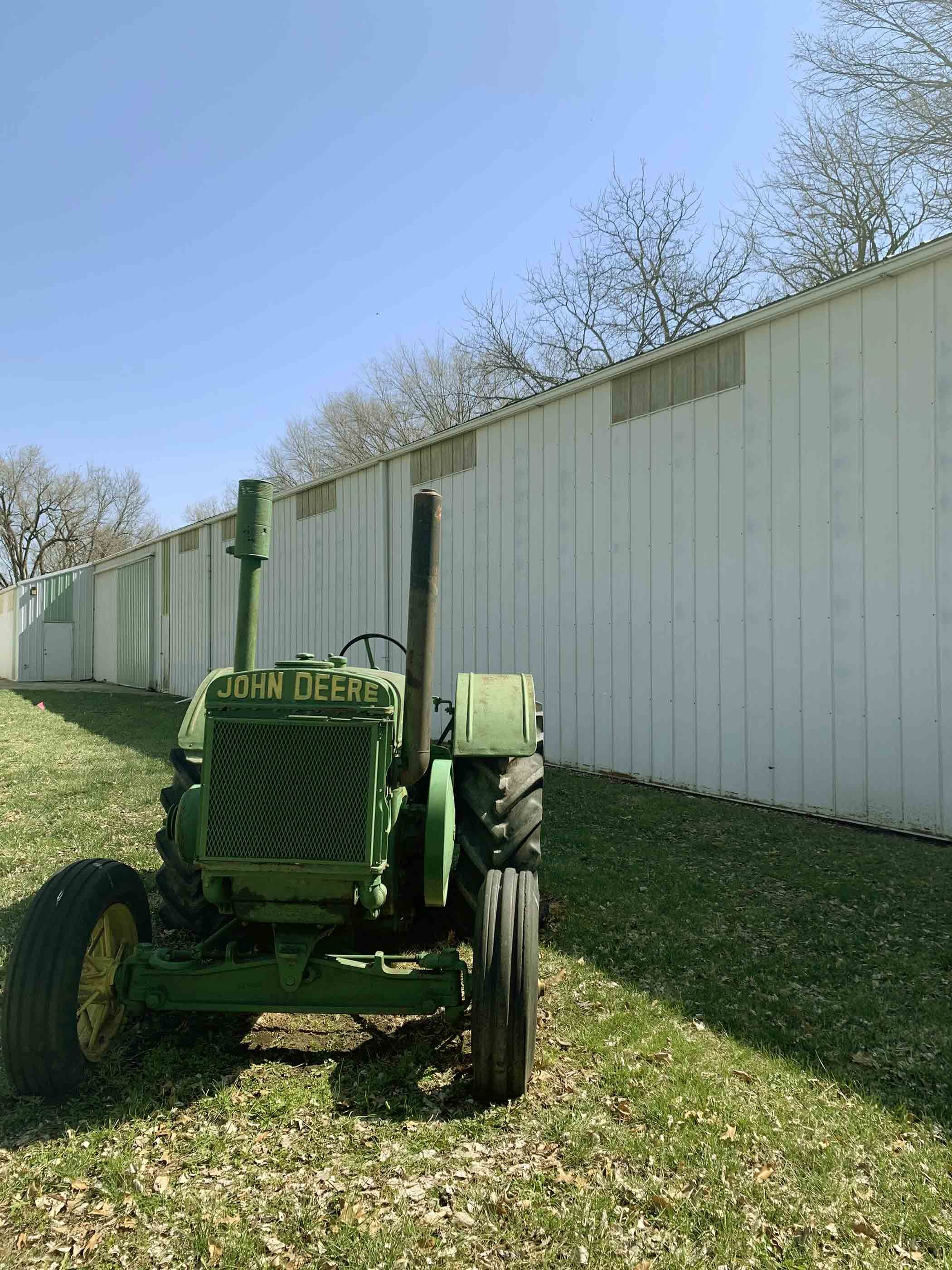
Farm Machinery Building
The original building was built in 1979, and an addition was added in 1999. This building contains mainly horse-drawn farm machinery, vehicles and large equipment. There are also displays of hand-tools and a large collection of signs from Saunders County businesses.

Memphis Post Office
This little building was the smallest post office in Nebraska. It was salvaged from a part of a house that was burned and converted to the town post office in 1950 by postmistress Hazel Owen. It closed in November of 1988.
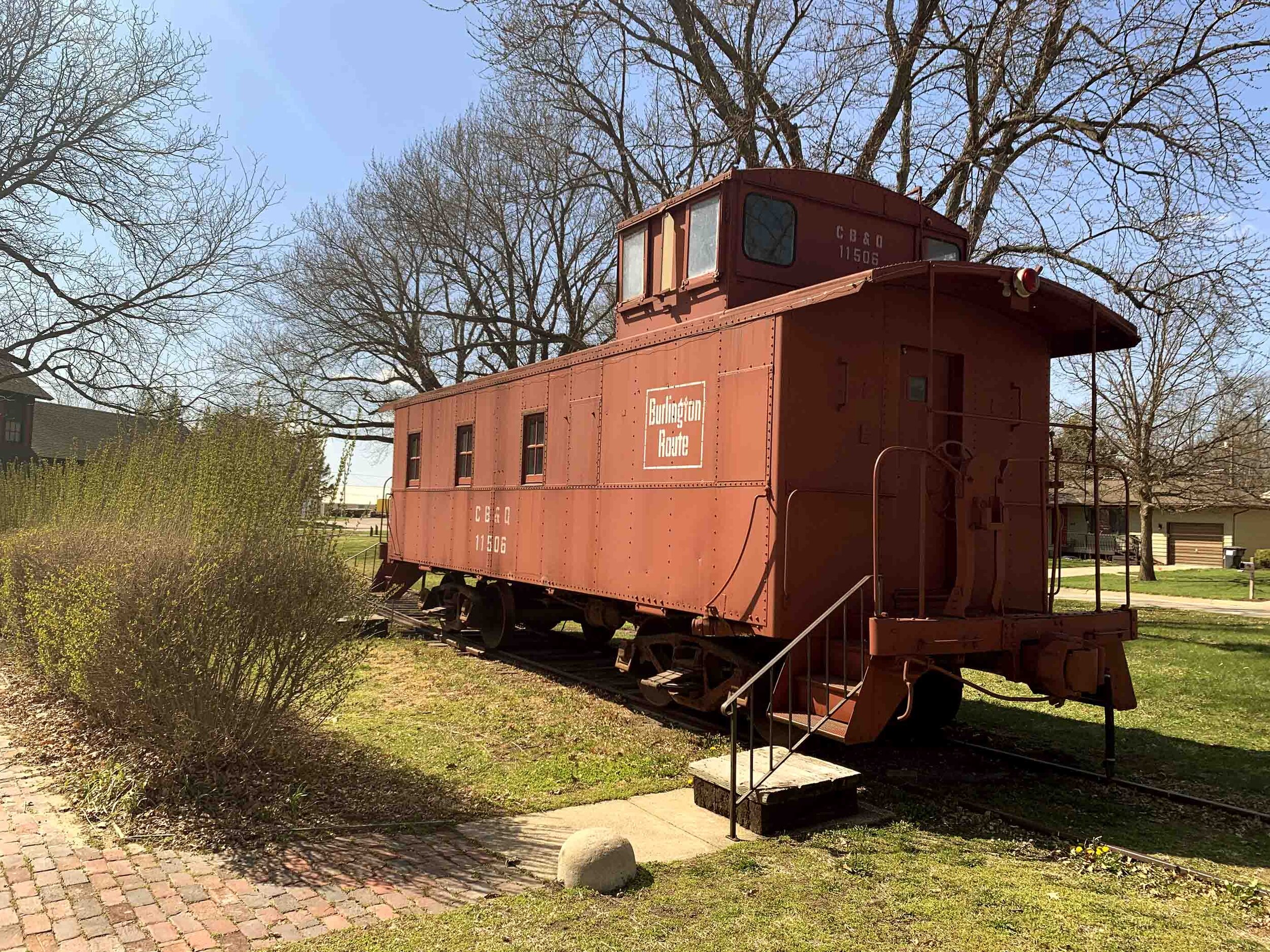
Caboose
This caboose was built in the 1920s by the Santa Fe Railroad. The Santa Fe Railroad was bought out by the Frisco Railroad, which in turn was bought out by the Burlington. Original features include the stove, beds which the brakemen slept on using bedrolls and the desk where the conductor could count up the tickets.
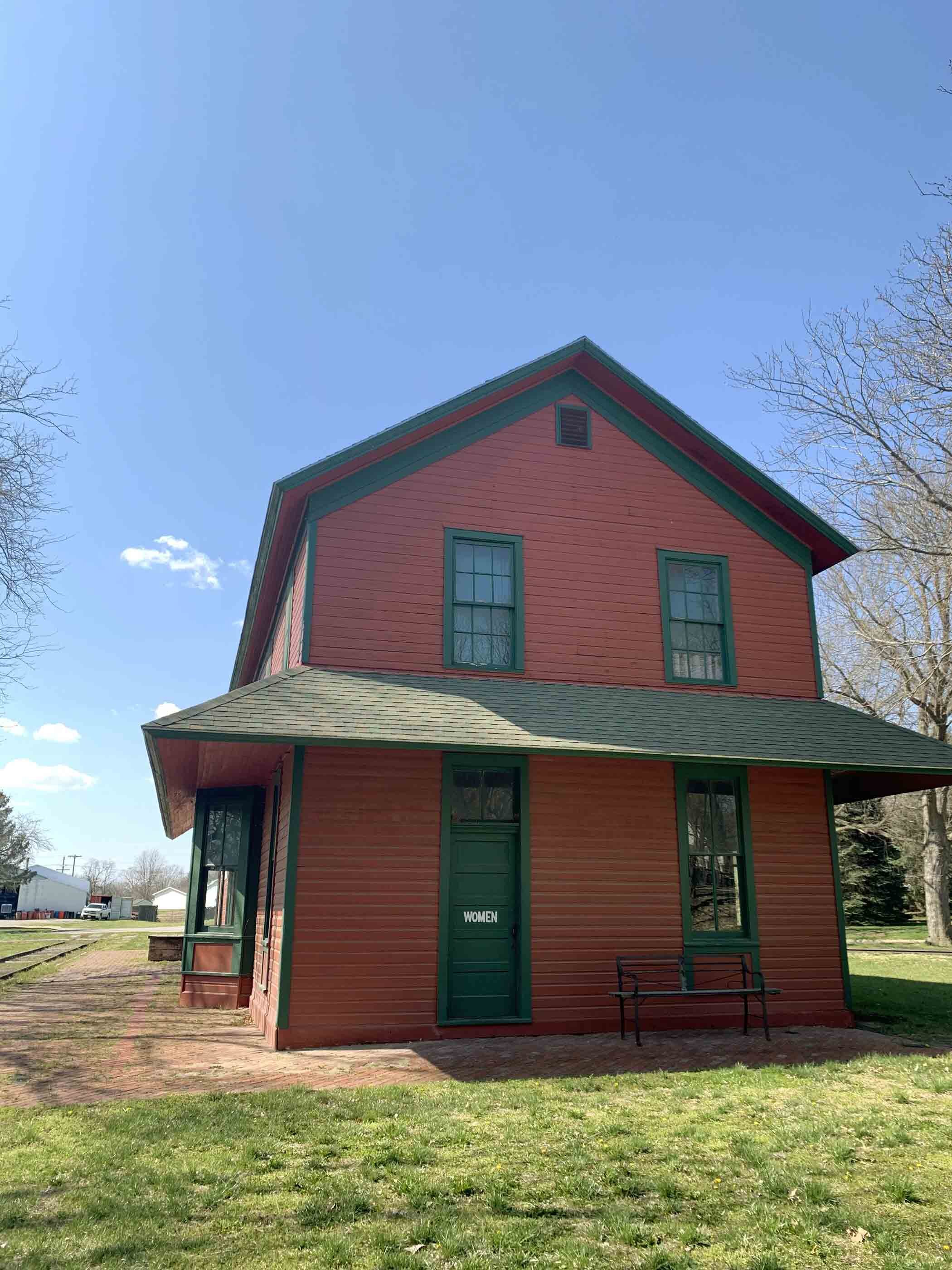
Wahoo Burlington Depot
The depot was built in 1886, and the first train went through in 1887. The construction cost was $3,475. Use of the depot was discontinued in 1973 and the use of the tracks in 1982. The Burlington Northern Railroad donated the depot to the Historical Society in 1974.
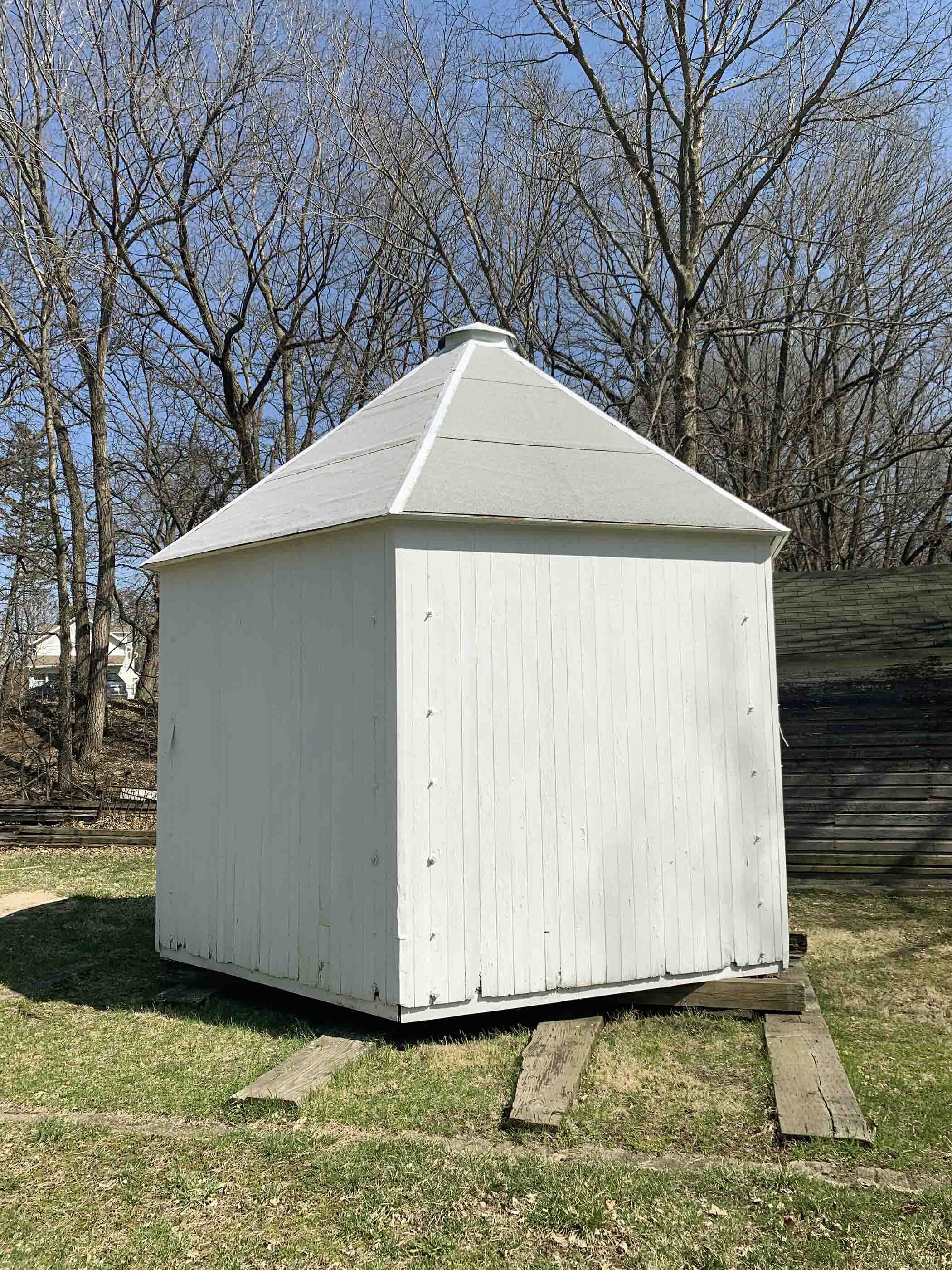
Wahoo Built Grain Bin
This building was made by the Wahoo Built company, which operated just a short distance from the museum. The company made pre-fabricated grain bin “kits” that they shipped by rail in the 1930s-1940s.

Howard Hanson House
Built in 1888 of the Queen Anne style, this house was the childhood home of Howard Hanson. Howard served as the director of the University of Rochester's Eastman School of Music for four decades. His parents owned the house from 1891 to 1943. In the 1960's the house was purchased by the Wahoo Women's Club turned into a house museum. It has been listed on the National Register of Historic Places since January 27, 1983. The house is jewel and is furnished in period pieces resembling what was the style for a Queen Anne home of this era.










